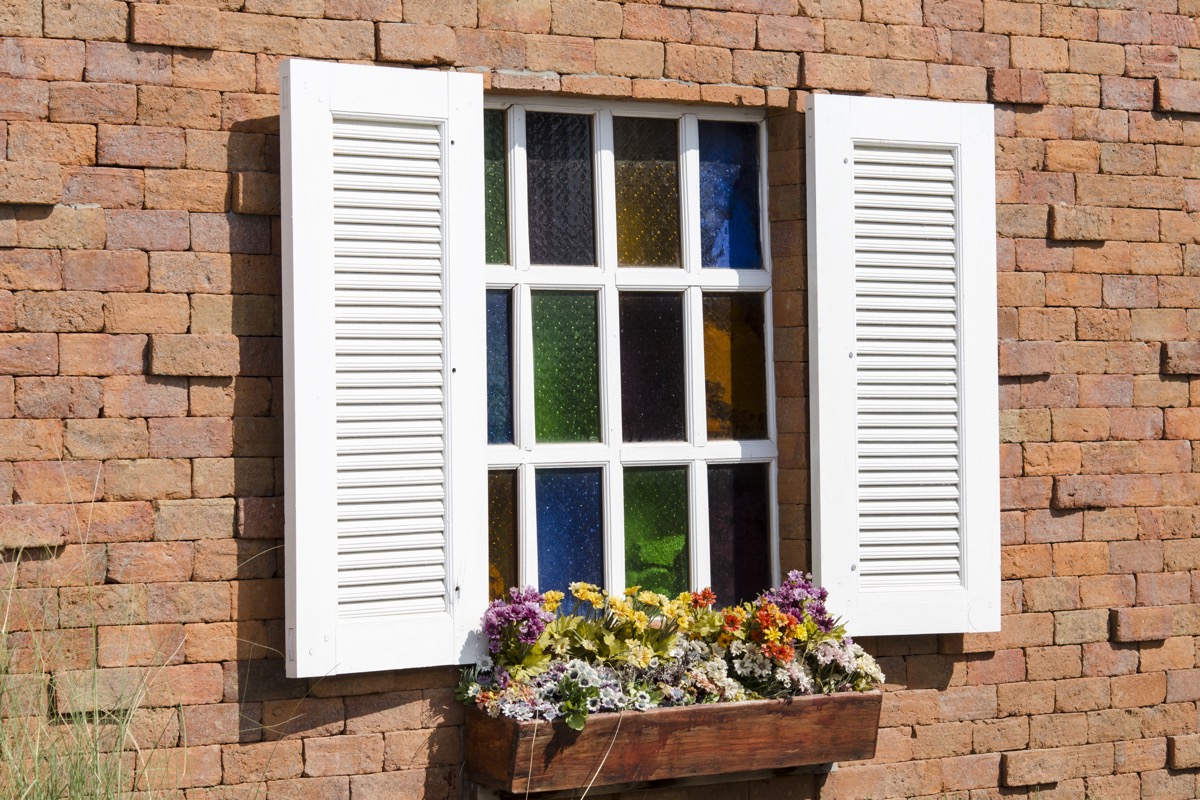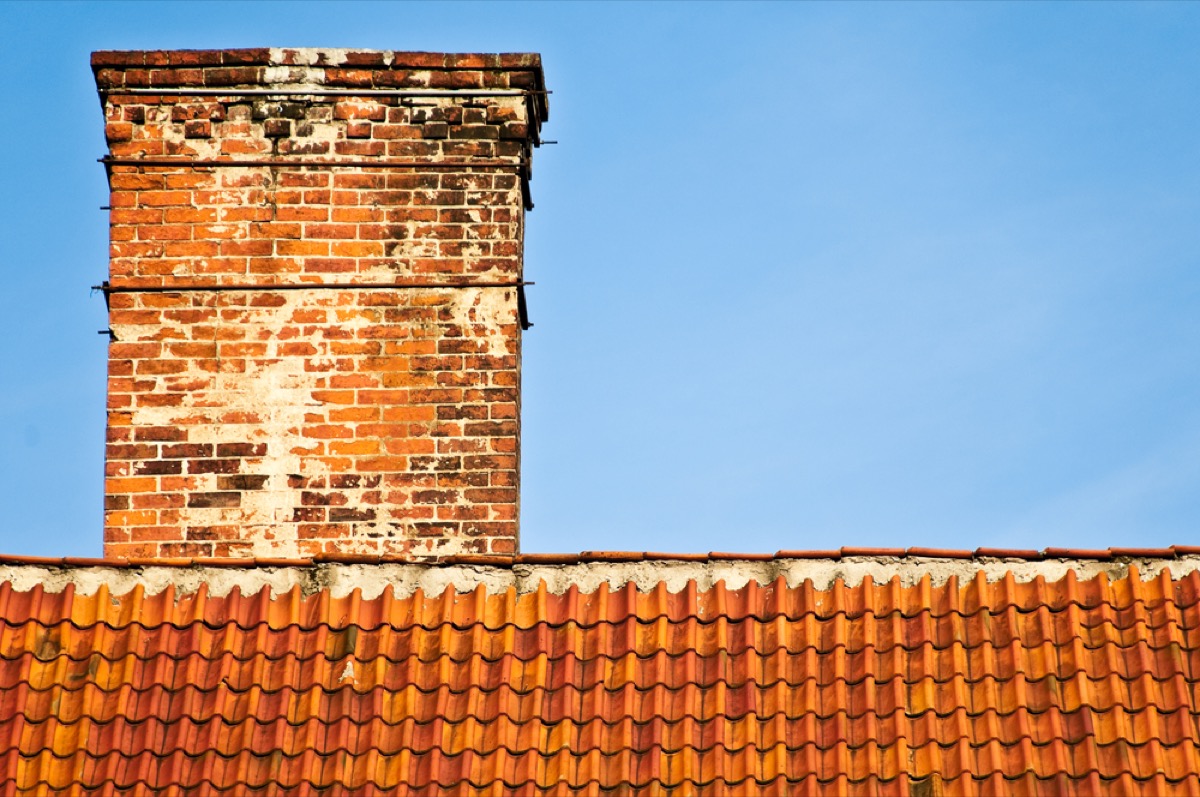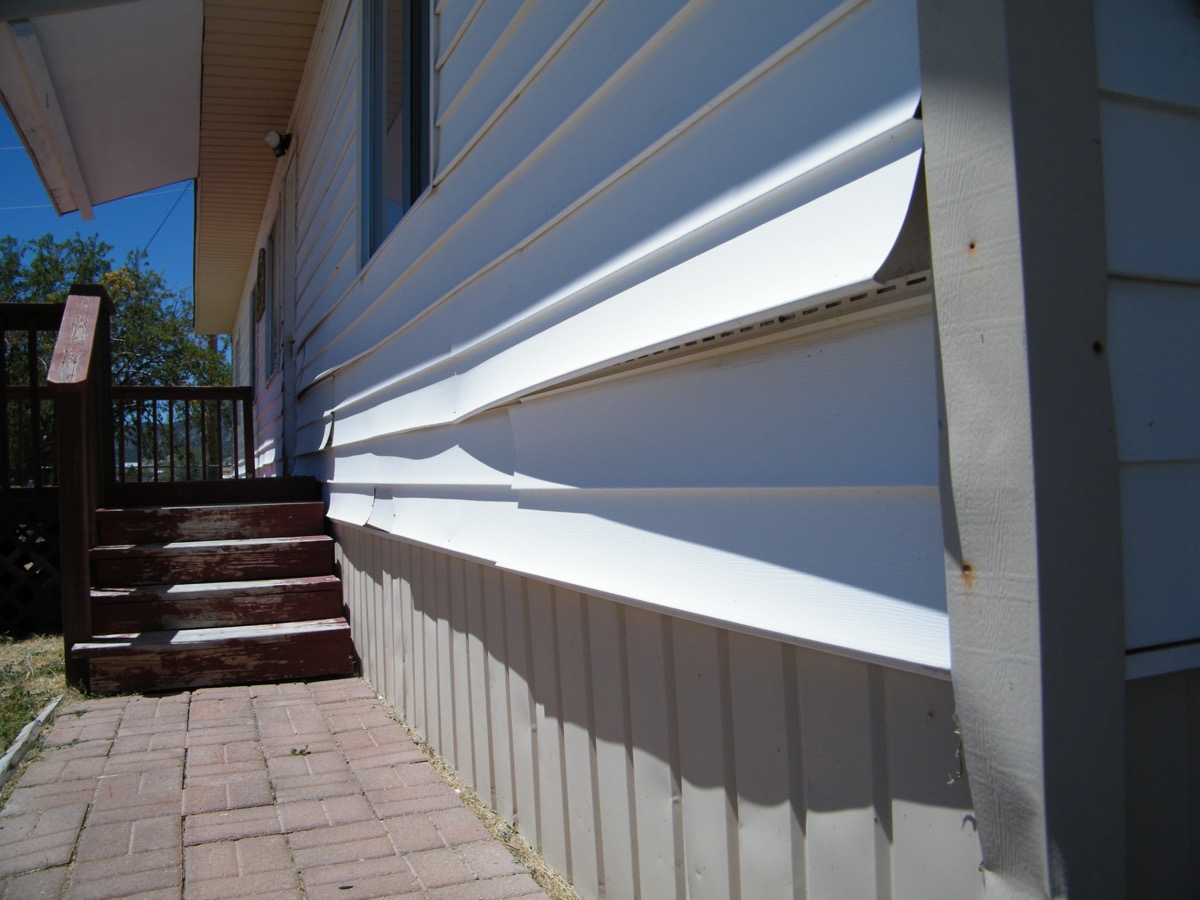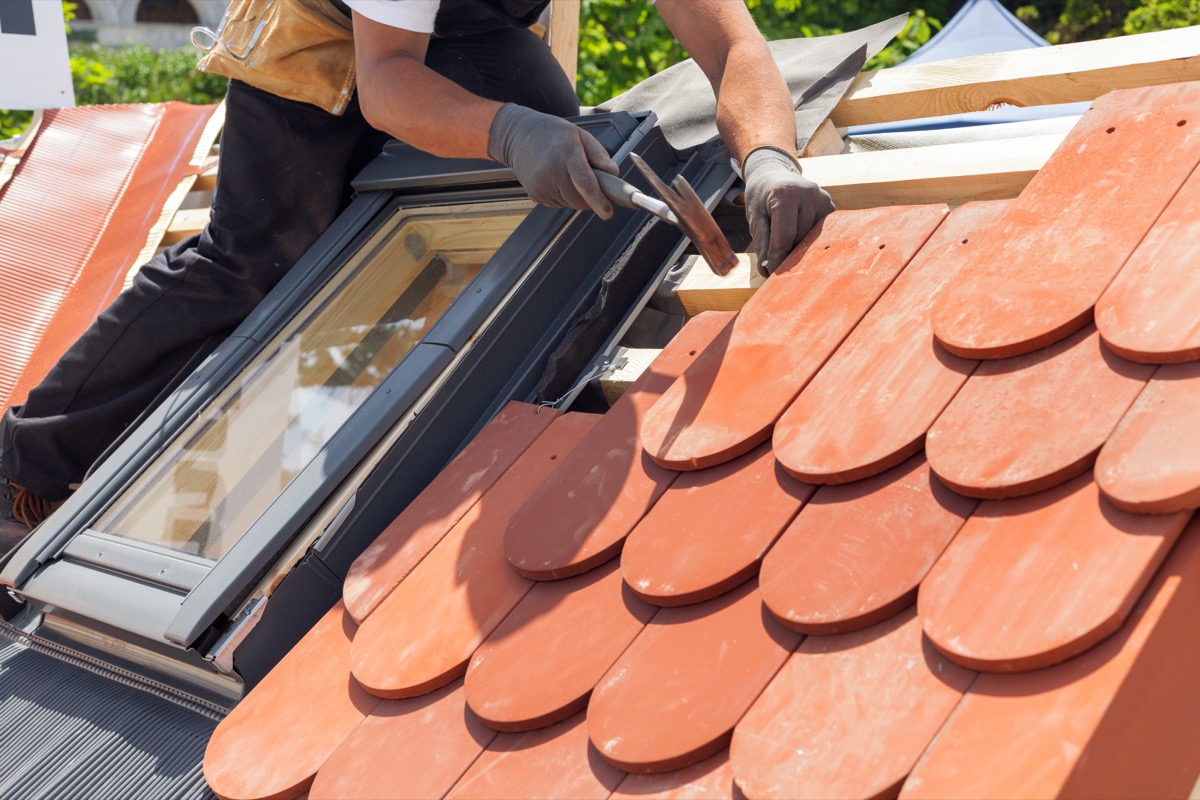RELATED: 6 Things That Are Bringing Snakes Into Your Home. That flower- and fruit-filled garden may be a source of pride for you, but it’s also a source of food for bats and may be causing them to take up residence in your home. “They feed on insects—mosquitoes, termites, beetles, moths, and many more, but they also eat pollen, leaves, and fruits,” says Ryan Smith, an organic pest exterminator and owner of Ant and Garden Organic Pest Control in Beaverton, Oregon. “If you’re growing plants and flowers in your garden that attract insects, this can attract bats as well.” If you have a composter in your yard—especially if it’s kept near your home—you may find bats making their way indoors before you know it. “Bugs and insects like stinkbugs, beetles, and worms are a favorite snack for bats. So they can be attracted to a compost heap full of bugs, or any pest infestation like spiders and cockroaches,” says Jack Miller, the pest infestation specialist behind How to Get Rid Of. RELATED: 7 Things Bringing Wasps to Your Yard, Experts Say. Sheila Donatelli, a board-certified entomologist and technical education manager for Western Exterminator, notes that bats are frequently found behind shutters. So that decorative feature that adds charm to your home could be contributing to your bat problem in the wintertime, too. “Bats seek warmer indoor environments in order to survive the colder winter season. This typically involves bats finding openings as minuscule as one-half inch in diameter,” explains Donatelli, who adds that bats are “often attracted to areas with good airflow.” Birds aren’t the only visitors who may be making their way down your uncapped chimney—it could look inviting to bats, too. “Bats can enter your home by broken vents and chimneys, and they do so for various reasons,” including seeking food and shelter, says Miller.ae0fcc31ae342fd3a1346ebb1f342fcb However, if bats have made their way in through your chimney, waste no time getting them back out. “Bats can cause health issues if left to become an actual infestation,” Miller says. “Their guano [i.e., excrement] can accumulate and cause structural damage, and the guano can then attract insects.” That gapping siding is more than aesthetically displeasing—it could also be making your home seem like a particularly hospitable place for bats. “The main ‘attraction’ for bats in your home is improper sealing,” says Chris Kadletz, founder of Go ProWildlife Removal in southeastern Alabama. “If your siding [is] not sealed properly, bats will enter.” For more home safety tips delivered to your inbox, sign up for our daily newsletter! If you’ve been putting off replacing those missing shingles on your roof, don’t be surprised if you find your space becoming a comfortable home base for bats. “Seal up access points to your home to ensure bats don’t make their way to the attic, which is a very nice, comfortable spot for them to roost. This includes repairing your roof if it is damaged,” says Zachary Smith, president of Smith’s Pest Management in California’s Greater Bay Area. RELATED: If You See This Bug, Call Local Officials Immediately, Experts Warn.





